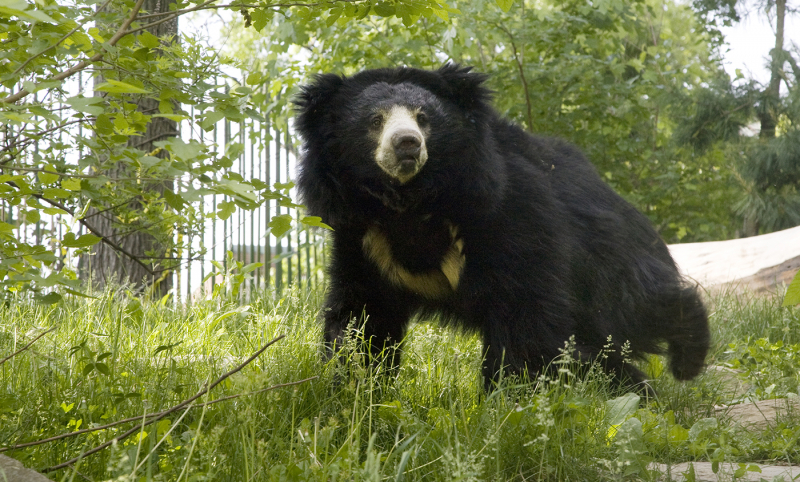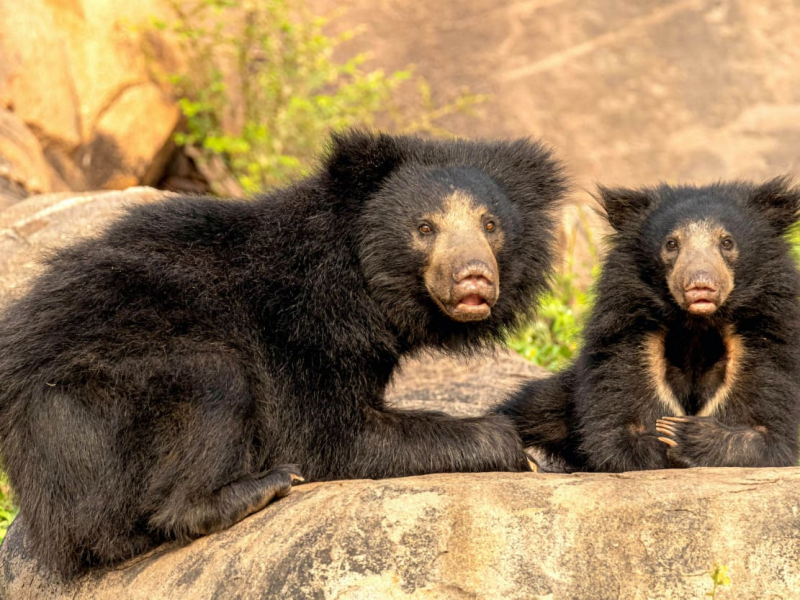The Sloth Bear
A myrmecophagous bear species that is native to the Indian subcontinent is the sloth bear. It eats fruits, ants, and termites for food. Its vulnerability is noted on the IUCN Red List mostly as a result of habitat loss and degradation.
Due to its lengthy bottom lip and palate that are employed for sucking up insects, it has sometimes been referred to as a "labiated bear." It has a mane around its face, large, sickle-shaped claws, and long, shaggy fur. Compared to brown and Asian black bears, it is lankier. It developed from the ancestor brown bear during the Pleistocene through divergent evolution and shares traits with insectivorous animals.
It is among Asia's most hazardous creatures. Melursus ursinus is the scientific name for this dweller of India, which may weigh anywhere from 55 to 200 kg, grow to a length of 1.9 m, and move at rates of up to 40 km (25 mi) per hour.
The food of sloth bears, who are omnivorous creatures, primarily consists of termites, fruits, plants, and honey. Even if they don't hunt mammals, they will attack people who enter their area unintentionally, which results in 5 to 10 fatalities yearly. The sloth bear is an unquestionably dangerous animal, and with its enormous size and strong sickle-shaped claws, it is undoubtedly a force to be reckoned with.












